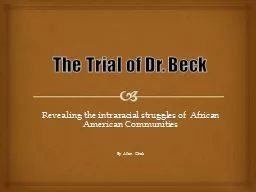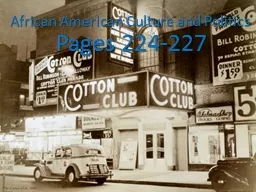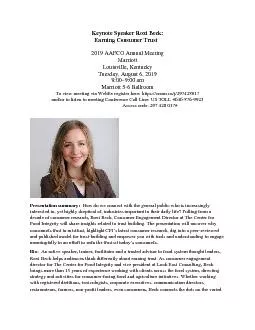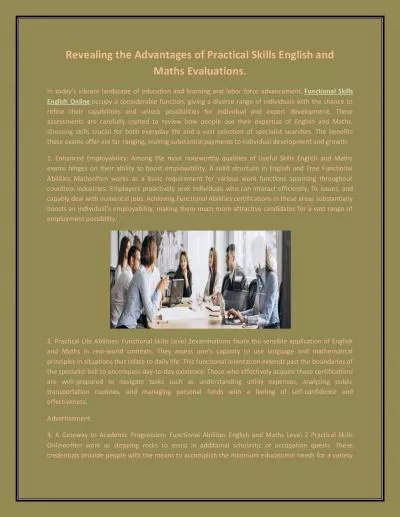PPT-The Trial of Dr. Beck Revealing the intraracial struggles of African American Communities
Author : tawny-fly | Published Date : 2018-09-24
By Allen Chak The Trial of Dr Beck by Hughes Allison is a 1930s melodrama written for production on the Federal Theater Stage It was one of the first plays to
Presentation Embed Code
Download Presentation
Download Presentation The PPT/PDF document "The Trial of Dr. Beck Revealing the intr..." is the property of its rightful owner. Permission is granted to download and print the materials on this website for personal, non-commercial use only, and to display it on your personal computer provided you do not modify the materials and that you retain all copyright notices contained in the materials. By downloading content from our website, you accept the terms of this agreement.
The Trial of Dr. Beck Revealing the intraracial struggles of African American Communities: Transcript
Download Rules Of Document
"The Trial of Dr. Beck Revealing the intraracial struggles of African American Communities"The content belongs to its owner. You may download and print it for personal use, without modification, and keep all copyright notices. By downloading, you agree to these terms.
Related Documents














